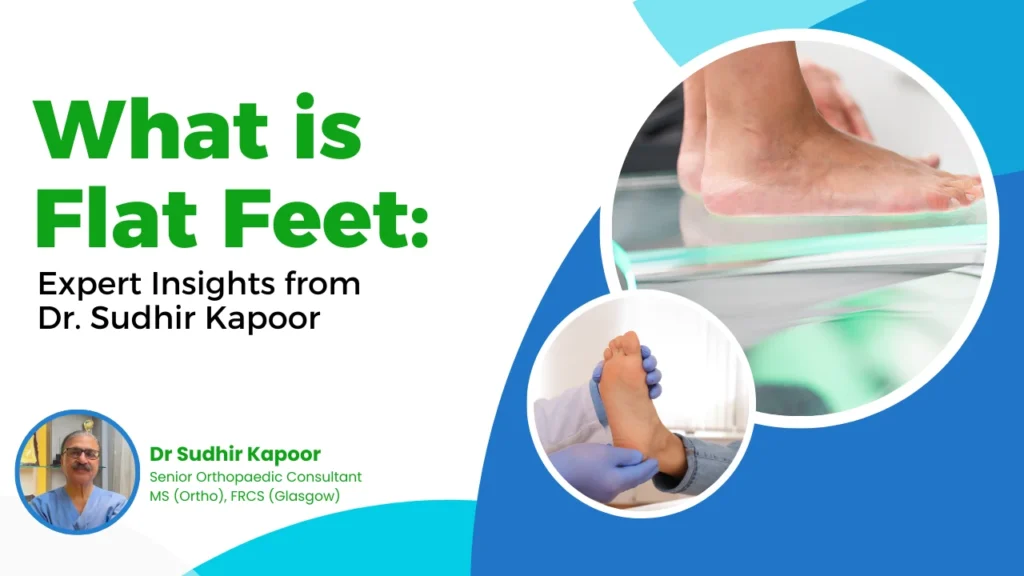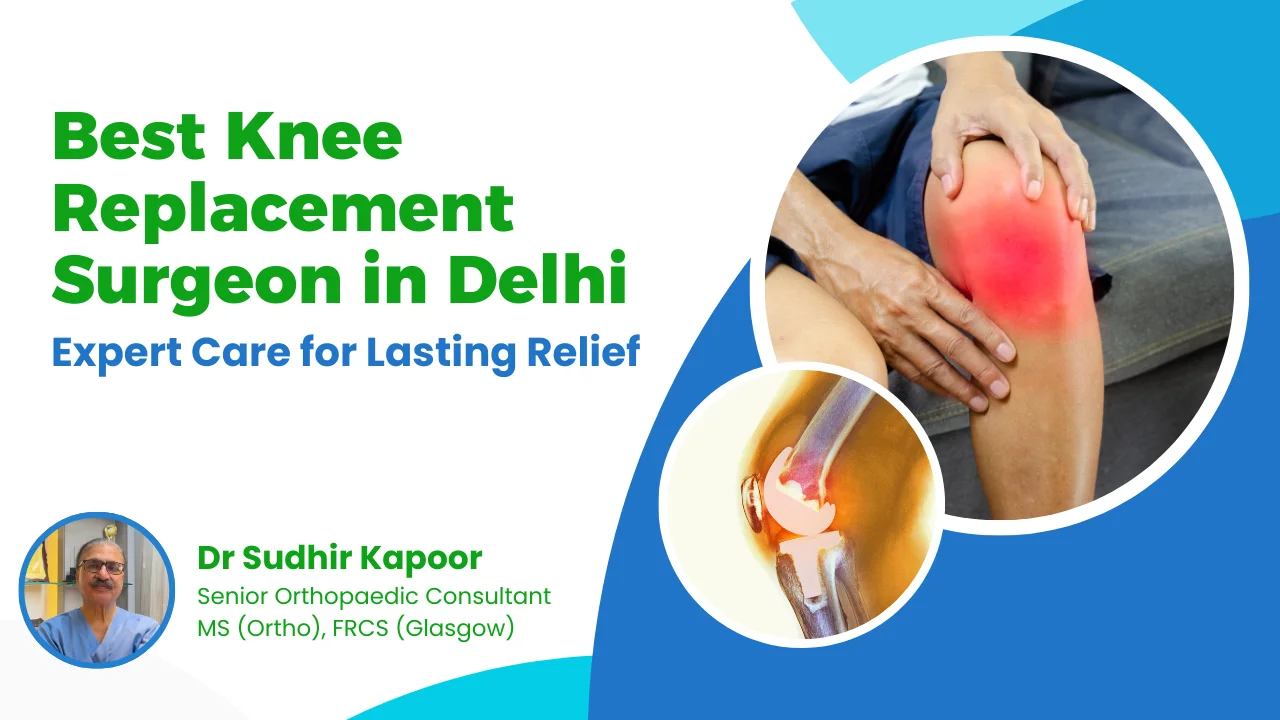Flat feet, also known as fallen arches, are conditions where the arches of the feet are flattened, allowing the entire sole to touch the ground. This condition can affect both children and adults and can lead to various issues if not addressed. In this article, we delve into expert insights from Dr. Sudhir Kapoor, a renowned orthopaedic surgeon, to provide a comprehensive understanding of flat feet, their causes, symptoms, and treatment options.
Introduction
Flat feet, or fallen arches, is a common condition that affects millions of people worldwide. While some individuals experience no symptoms, others may suffer from pain and discomfort. Understanding flat feet and its implications is crucial for effective management and treatment. Dr. Sudhir Kapoor, one of the best doctors, as per many of his patients, for flat feet treatment in Delhi, shares his expert insights on flat feet to help you navigate this condition.
What Causes Flat Feet?
Flat feet can result from various factors, including:
- Genetics: A family history of flat feet can increase your risk.
- Injury: Trauma to the foot or ankle can lead to fallen arches.
- Arthritis: Inflammatory conditions like rheumatoid arthritis can affect foot structure.
- Obesity: Excess weight puts additional strain on the arches.
- Ageing: As you age, the tendons supporting the arches can weaken.
Symptoms of Flat Feet
Common symptoms include:
- Foot pain: Especially in the arch or heel.
- Swelling: Along the inside of the ankle.
- Difficulty standing on tiptoes: Due to lack of arch support.
- Back and leg pain: Resulting from altered gait and posture.
Diagnosing Flat Feet
Dr. Sudhir Kapoor emphasizes the importance of a thorough examination for an accurate diagnosis. This may include:
- Physical Examination: Assessing the foot structure and movement.
- Imaging Tests: X-rays, MRI, or CT scans to evaluate bone and tendon condition.
- Gait Analysis: Observe how you walk to identify any abnormalities.
Treatment Options
Treatment for flat feet varies depending on the severity and symptoms. Dr. Kapoor outlines several options:
- Orthotic Devices: Custom arch supports to provide stability.
- Physical Therapy: Exercises to strengthen foot and leg muscles.
- Medication: Anti-inflammatory drugs to reduce pain and swelling.
- Surgery: In severe cases, surgical intervention may be necessary to correct the arch.
Preventive Measures and Home Remedies
Maintaining foot health is crucial for managing flat feet. Dr. Kapoor recommends:
- Weight Management: Keeping a healthy weight to reduce foot strain.
- Proper Footwear: Wear shoes with good arch support.
- Stretching Exercises: Regular stretching to keep muscles and tendons flexible.
- Avoiding High-Impact Activities: Such as running on hard surfaces.
When to See a Doctor
If you experience persistent pain or discomfort, it’s essential to seek professional advice. Dr. Sudhir Kapoor, with his extensive experience in treating flat feet, can provide a personalized treatment plan to alleviate symptoms and improve foot health.
Conclusion
Flat feet can be a manageable condition with the right approach and expert guidance. Dr. Sudhir Kapoor’s insights highlight the importance of early diagnosis, appropriate treatment, and preventive measures to maintain optimal foot health. If you suspect you have flat feet or are experiencing related symptoms, consult with Dr. Kapoor to explore the best treatment options available.





